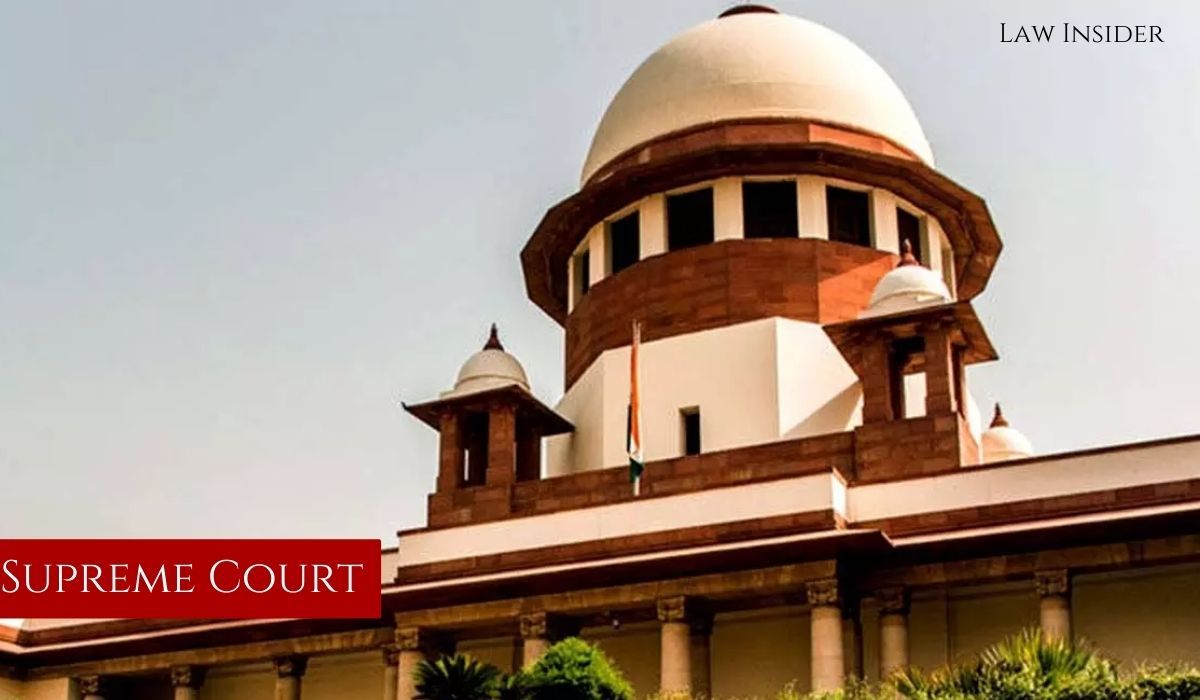LI Network
Published on: October 11, 2023 at 13:56 IST
The Supreme Court of India revisited a critical distinction between “common intention” and “common object“ as outlined in Sections 34 and 149 of the Indian Penal Code (IPC), respectively.
The Court emphasized that “common intention” implies action in concert, requiring a prearranged plan and a prior meeting of minds, while “common object” does not necessarily necessitate proof of prior agreement or preconcerted action.
The Court also highlighted that the application of Section 34 over Section 149 should be determined on a case-by-case basis, considering the facts and circumstances.
The case before the Supreme Court involved an appeal against a judgment by the Madhya Pradesh High Court that had convicted the appellant for triple murder under Section 302 read with Section 34 and Section 201 of the IPC. The appellant was sentenced to life imprisonment.
The case revolved around the alleged triple murder of Uma Prasad, Vinod Kumar, and Munau (also known as Anant Kishore Khare).
The incident occurred on June 2, 1987, when Vinod Kumar took Munau to Naugaon village for medical treatment. When they did not return, Uma Prasad Khare, the father of the two, organized a search party to look for them. As they reached the Hanuman temple, it was alleged that the accused were gathered near the temple, armed with weapons.
The appellant, identified as accused no.2, and accused no.16 were reportedly armed with a spear. The appellant was accused of disposing of Uma Prasad’s body in a well.
The prosecution claimed that all the accused had planned to kill Vinod Kumar Khare and Munau Khare, leading to their murder. However, the Trial Court acquitted all the accused of this part of the charges.
The appellant approached the High Court, which Changed his conviction from Section 302 read with Sections 148 and/or 149 of IPC to Section 302 read with Section 34 of IPC. The appellant’s conviction under Section 201 of IPC was upheld.
The Supreme Court examined the evidence presented by two key witnesses, PW-1 and PW-2, and found that there was no concrete evidence of “common intention.” The act of stopping Uma Prasad alone was deemed insufficient to invoke Section 34 of IPC.
The Court emphasized that “there is no material to prove the existence of common intention which is the necessary ingredient of Section 34 of IPC.” Consequently, the Court set aside the appellant’s conviction under Section 302 read with Section 34.
However, the evidence provided by two consistent eyewitnesses, PW-1 and PW-2, detailing the appellant’s role in disposing of Uma Prasad’s body, led to his conviction under Section 201 of IPC.
The Court noted that the appellant had already served a five-year imprisonment sentence for this offense, and his conviction and sentence under Section 201 of IPC were upheld.
As a result, the appellant’s bail bonds were canceled, and he was set free.
Case Title: Chandra Pratap Singh V. State of MP

